Ask three federalists, and you may well get three different answers. However, definitions of federalism give us some clues. In a federation, you have the central level, and a state level, and the rights of both are stipulated in a constitution. Consent from both levels of government is required for the constitution to be changed. In the EU, we have the Lisbon Treaty that is, literally in all but name, a European constitution - it details what rights the EU institutions have, and what decisions should be made at the member state level. Granted, the EU could still be abolished if all the member states so wanted. Nevertheless, it doesn’t sound like we are too far off, does it? No wonder that in an interview with The New Federalist last summer, Professor Tapio Raunio from the University of Tampere pointed out that “a lot of scholars see the EU operating very much like a federal state even if it’s not a state of its own”.
We need a more democratic, better-functioning constitution, approved by the people
An issue, however, is that the current system was created by the governments, not by the people. JEF’s Political Platform, which explains JEF’s vision of Europe, states that there should be a Europe-wide referendum on a constitution. Who could claim that the European Union has been forced on citizens when they have had a chance to vote on it themselves?
Moreover, it’s not only about whether you have a European constitution, however you may call it. It’s also about what’s in the constitution, and whether it works in practice. The EU, for example, cannot levy taxes, and it has no unified armed forces. Given that we already have a common currency in the euro, and that any attack against one EU member state would destabilise others as well, these are clear flaws in the current EU structure.
What’s still more, European democracy isn’t quite working either. We have European-level party groupings like EPP, S&D and ALDE, and in 2014 for the first time we had top candidates for Commission leadership, but the general public doesn’t know these well enough. The EU-wide constituency in European elections, which would have brought prominence to European-level parties, was once more rejected this spring. The European Council, whose tasks could well be carried out by the Commission and by the Council of Ministers, is still there.
We are on our way there
With all of that being said, we must remember where we have come from. At the start of our mission, Europe was recovering from a war that had destroyed entire societies. Today, we have a directly elected European Parliament, a common currency, and the EU speaks with an ever more united voice in global affairs. We’re not there yet, but we have certainly come a long way.
Everyone recognises that we must either go backwards or forward. Europe as we live in it today suffers from profound inconsistencies, and the current system is not sustainable. The long arch of history is bowing towards a European federation as JEF-Europe sees it. However, like always before, time is only on our side if we spend that time doing work. JEF’s mission is the right one, and we are nearly there. But there is still work to be done, and what we have already achieved must be defended.
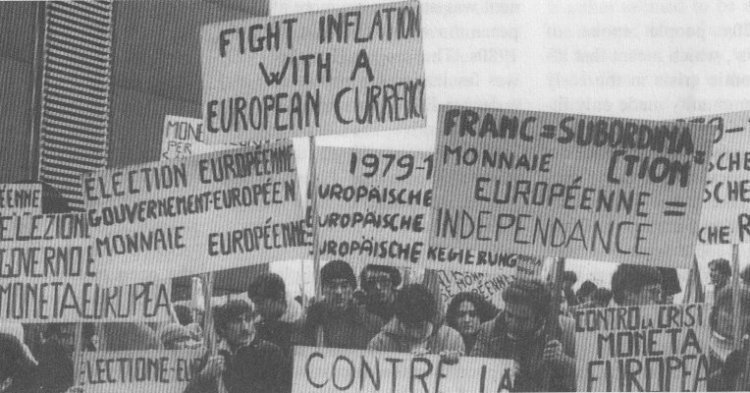


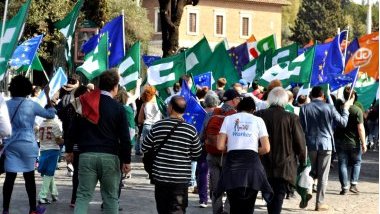
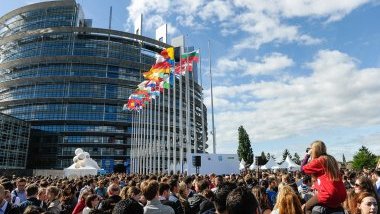
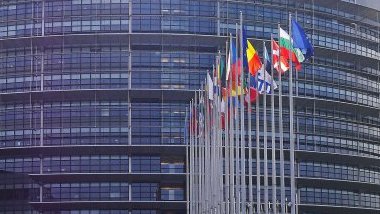
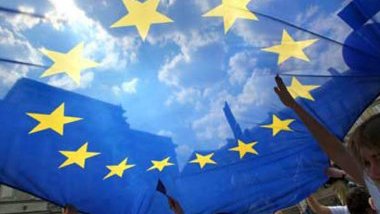
Follow the comments: |
|
